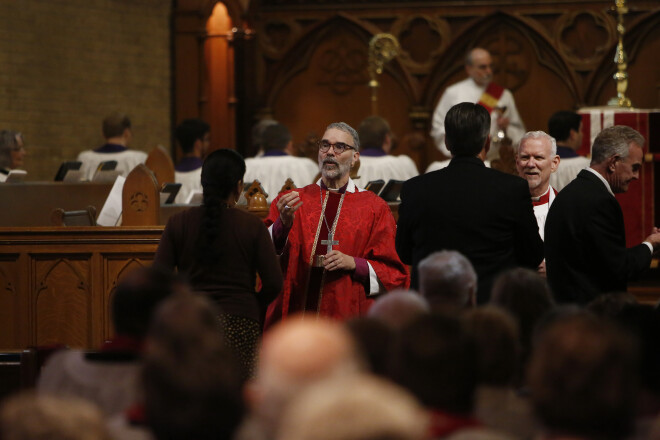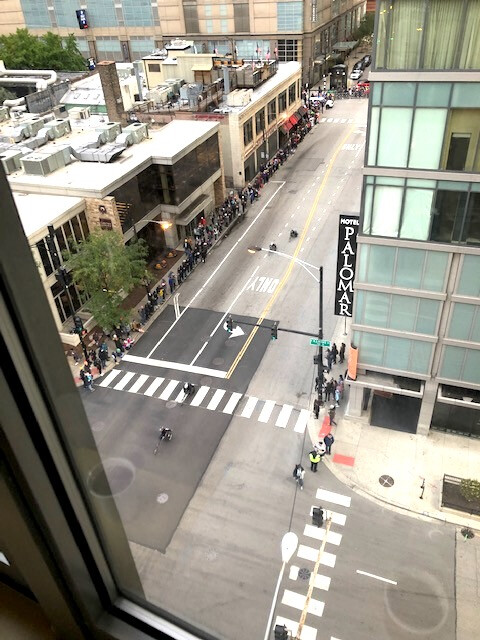Anthropocene

I have been writing an extended letter to the diocese in the context of the coming General Convention in particular, and the state of our culture in general. It is good to place the struggles of our own day in a wider framework, to rise up and survey for a moment the wider vista. In this regard I recently read an article by my friend, Ephraim Radner, about what he calls borrowing from ecologists and anthropologists, “the Anthropocene age.” By this he refers to the accumulation of changes we have grown used to and take for granted, but which together represent a paradigm shift, a seismic change. We dominate the natural environment, often to its detriment. We are mobile, economically dynamic and rapidly changing, the patterns of marriage and birth are dramatically altered, and we would define our genders, genes, and our manner of death. technology at once remote and invasive controls the scene. Our very sense of time is altered, its pace quickened, its rhythms lost. His claim is that, taken together, the very notion of the human is changed with a considerable portion of a prior sense of being a creature occluded from our eyes. The raft of contemporary dystopic movies points to features of the change.
One defense of maintaining our present prayer book is that we need to “live into it” more than we yet have. Such an argument may be true in ways we don’t yet know, especially “respecting the dignity of every human being.” In the Anthropocene human dignity per se may require a stand for Christians together. I like Ephraim’s title, “There is Nowhere to Stand but Hope.’” In a time when the shape of the coming issues is so hard to foresee, he is right, and the true nature of existence is thereby laid bare.
What has all this got to do, if at all, with Easter? A great deal! God does not erase the creaturely theater for human life but is redeeming it. The coming of the kingdom, like the resurrection, is His sovereign act. We are in truth a vulnerable band of witnesses to what He has done.
peace,
+GRS



